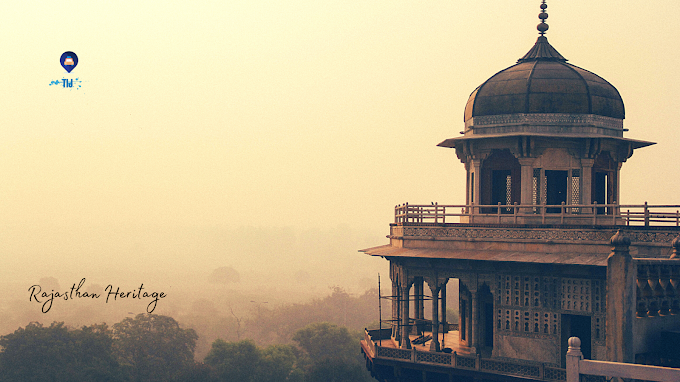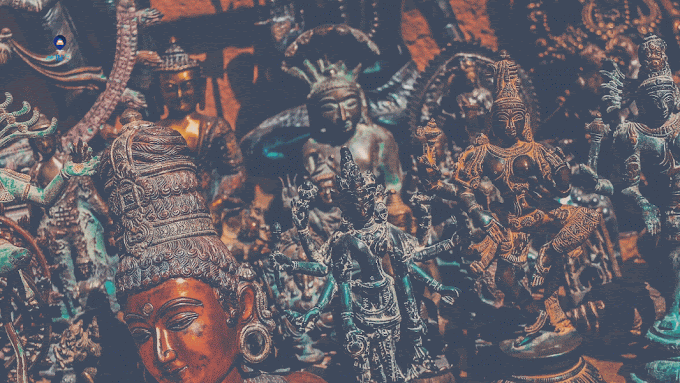Jaisalmer Fort In Rajasthan
Jaisalmer Fort keeps a silent vigil within the long way northwestern nook of Rajasthan, India's desolate tract state. Although the local airport is closed to industrial visitors, nearly 1/2 a million site visitors one way or the other make their way to the citadel every year, although.
The pilgrims comply with a four hundred-mile-lengthy road from Jaipur. They pressure thru fierce wasteland winds that blow all of the manners to Delhi. In the summer season, they endure one zero five-degree warmth. They come to an area where, for the past 2,000 years, water has been in brief deliver.
Want to travel in Rajasthan Then Start your Trip by Cab Service in Jodhpur.
The Most Important Things In Jaisalmer For Attractions
They come due to the fact there may be no other location in the world like Jaisalmer.
invisible to the king's enemies. Indeed, from 30 miles away, site visitors see only a sheer golden cliff, rising nearly 25 stories from the barren region floor. The walls, of wealthy yellow sandstone specific to Rajasthan's quarries, shimmer like a mirage.
Jaisalmer became once home to the Rajputs—a tribe of warriors and traders who, for centuries, prospered by means of levying taxes on the merchants who wound among Egypt, Persia, and India. Prone to warring now not only against outsiders but amongst themselves, the Rajputs built a network of complicated fortresses to defend themselves and their amassed wealth.
The citadel's most important gate, 60 feet tall and carved from Indian rosewood, has a crack that, according to legend, regarded when a Hindu saint crossed the threshold. Three concentric rings of sandstone walls open onto houses, stables, and palaces that once housed Rajput kings. In comparison to the obvious partitions, these undergo complicated designs. Carvings of chariot wheels, fruit, and plants emerge from smooth marble. Scalloped archways protect the walkways between buildings. Ornamented monitors shade royal residences.
The Rajputs Places In Jaisalmer Fort
"The palaces and temples are filigreed in the improbable element." Although it has been generations since any Rajput kings dominated here, Jaisalmer Fort still houses some 2,000 citizens, which makes it India's remaining "residing fort." (India's different well-known forts are deserted, except for traveler publications.) This, too, draws visitors to Jaisalmer.
But as the traffic arrives at the historic marvel, they encounter a modern-day controversy. During the past two decades, the sandstone blocks of Jaisalmer Fort, proof against the elements for nearly a millennia, have begun to shift and collapse. And no person can agree on why it's taking place or who's guilty.
"The basic hassle is the sewage device in the castle," says Luca Borella, who moved to Jaisalmer from France in 1994 and now owns a nine-room heritage hotel right here. He and different citizens have known as upon the Indian government to restore it.
The Golden City of Rajasthan
Jaisalmer's traveler increase has only made topics worse. According to neighborhood authorities estimates, the hotels, eating places, and shops that dot the ancient ridges import almost 50,000 gallons of water day by day. This water then flows into the sewage gadget's already-overstressed open drains. Some international heritage foundations, which include the World Monuments Fund, are urging both tourists and residents to scale back their water use—particularly public faucets that dispense going for walks water—in the event that they need the castle to continue to exist the next 1,000 years.
Most Attractive Places in Jaisalmer
Asheesh Srivastava, a conservation architect with the Lucknow, India-based totally company ANB Consultants, has surveyed Jaisalmer and is of the same opinion the sewage device desires to be redesigned. But he argues that global weather trade is the primary culprit. "In an arid place that turned into no longer designed to face rainfall, we are now dealing with rainfall," says Srivastava. When Jaisalmer become built, the Thar Desert obtained six to 9 inches of rain per yr. In the summer of 2007, 22 inches of rain fell in only three days. Although some would don't forget extended rainfall a blessing for such an arid region, it could be a headache for preservationists. When Raja Jaisal's employees built Jaisalmer within the 12th century, they topped some of the buildings with three feet of mud as insulation to keep interiors cool. Now the rains turn the roofs to sludge, which causes homes to fall apart.
Jaisalmer's slow decline has become a depend on urgency on January 26, 2001, whilst a 7.7 importance earthquake struck close to Jamnagar, a metropolis within the coastal state of Gujarat, approximately two hundred miles away. The tremors shook the principles of the fort. "The homes transfer load vertically," says Srivastava. "Every lateral movement damages the fort."
Stay tuned to get More Content on it.






0 Comments